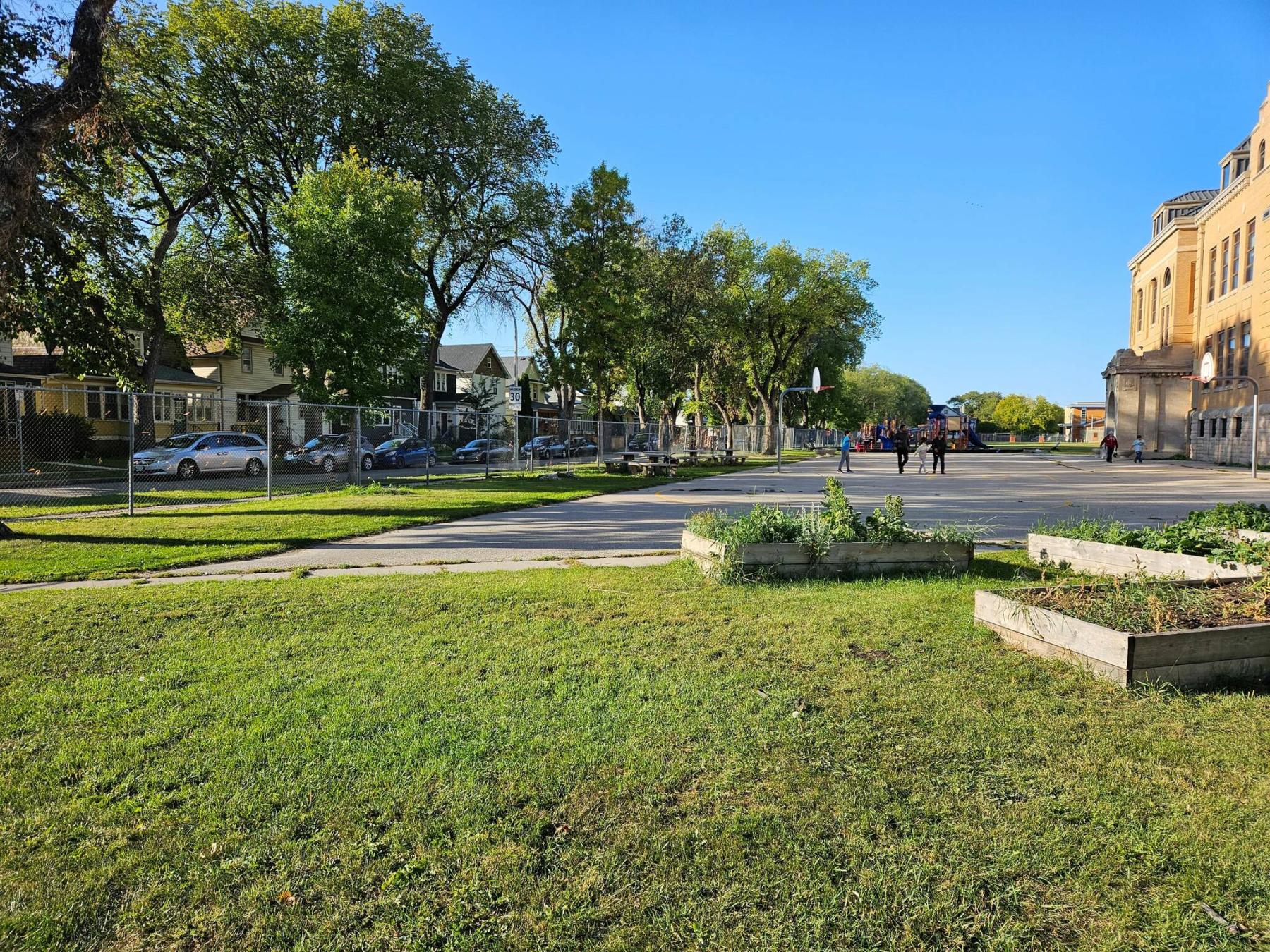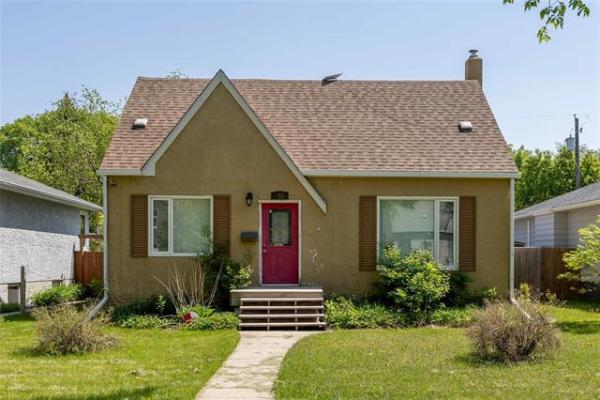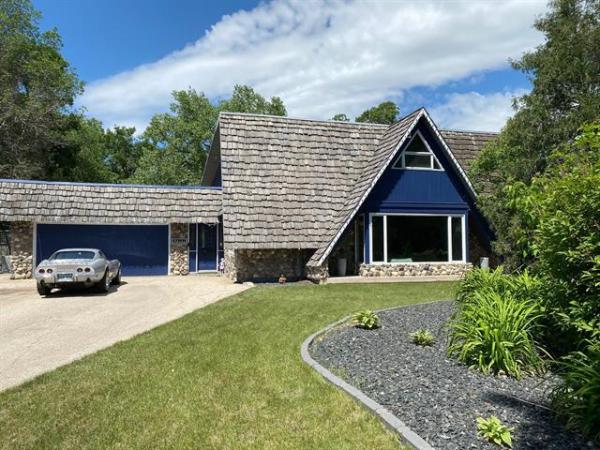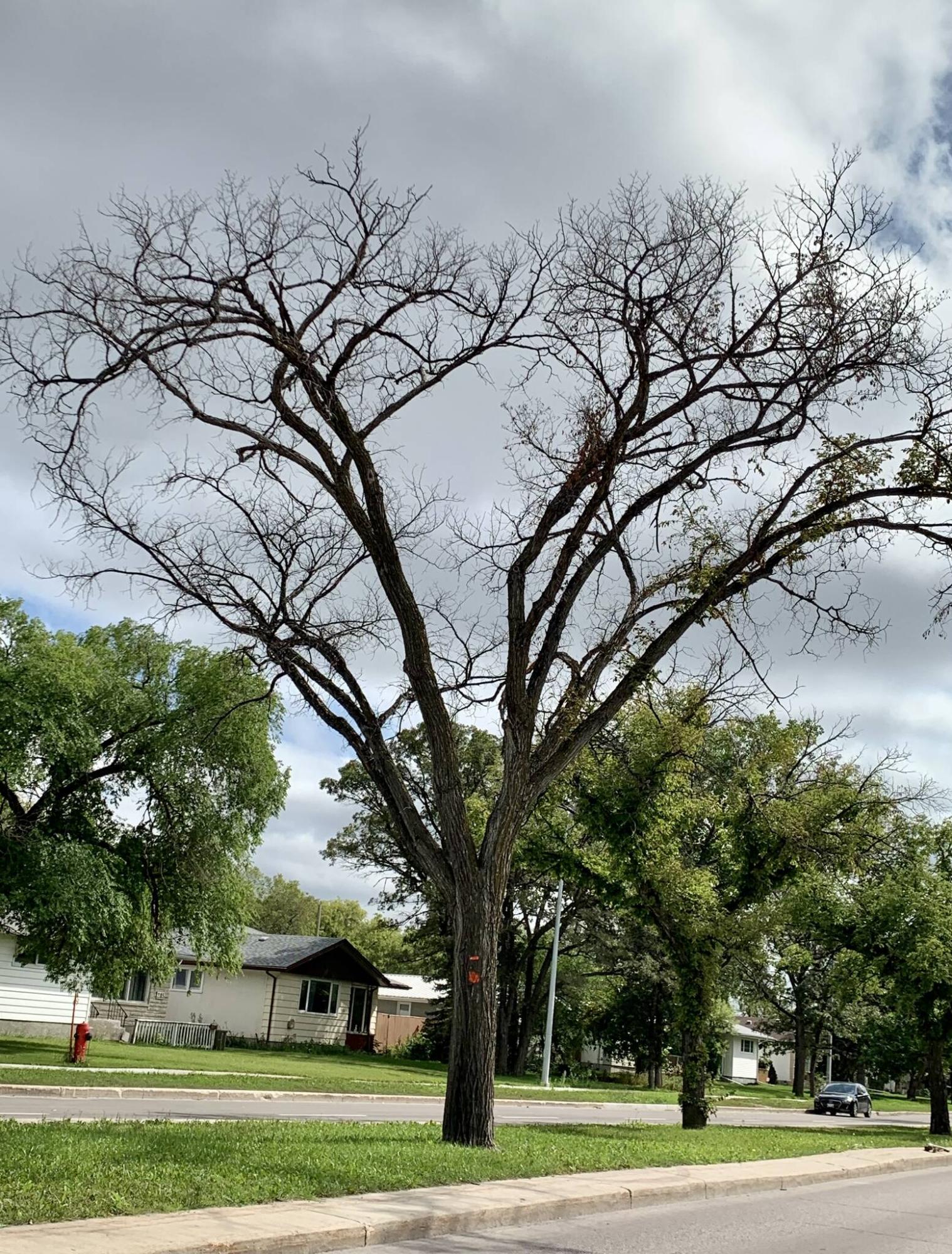
Darlene Stack
Winnipeggers know all too well what the orange spot on dead or dying elm trees means for their neighbourhood.
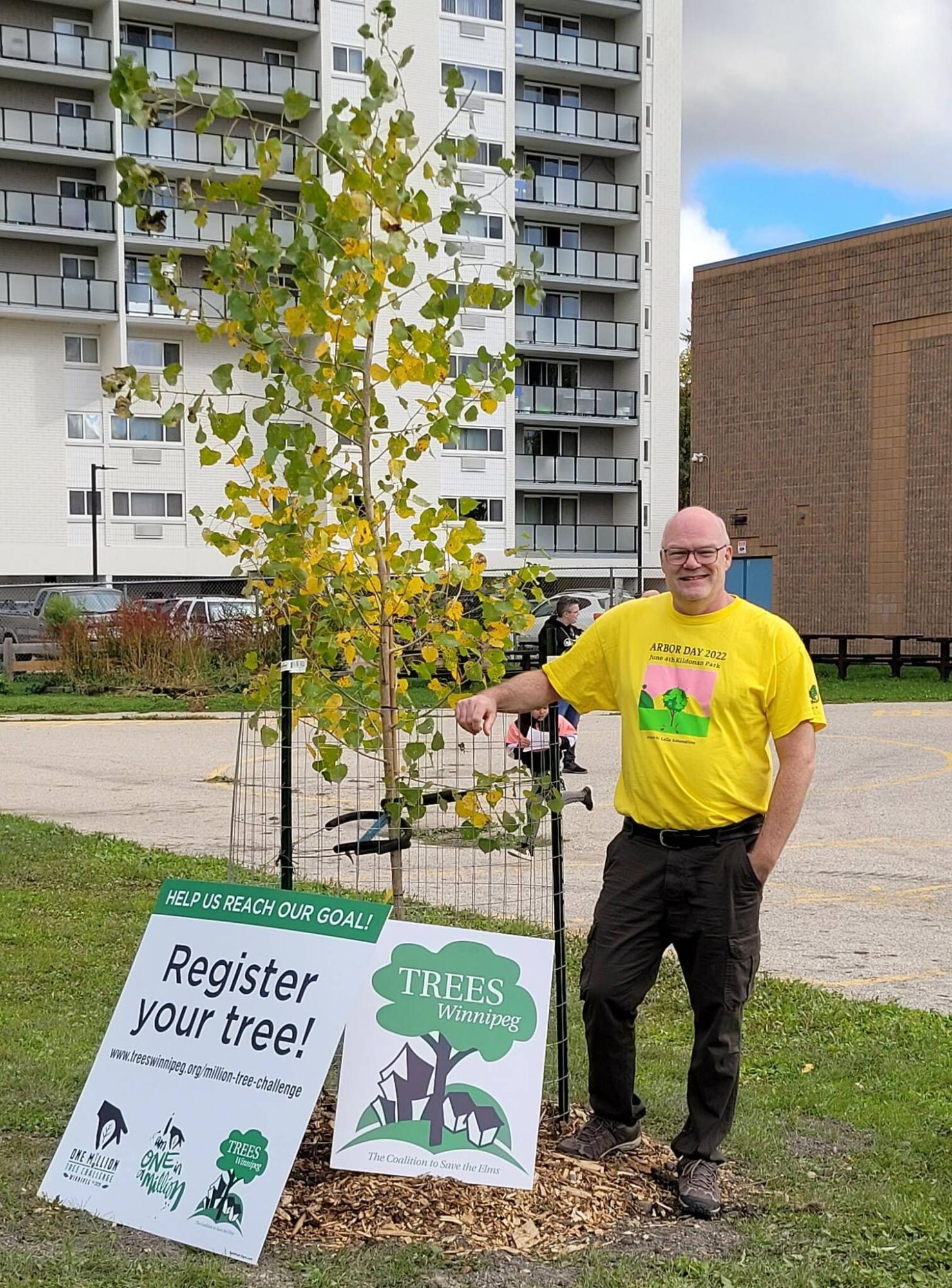
Trees Winnipeg
It will take all hands-on-deck to replenish Winnipeg’s urban forest, says Christian Cassidy with Trees Winnipeg.
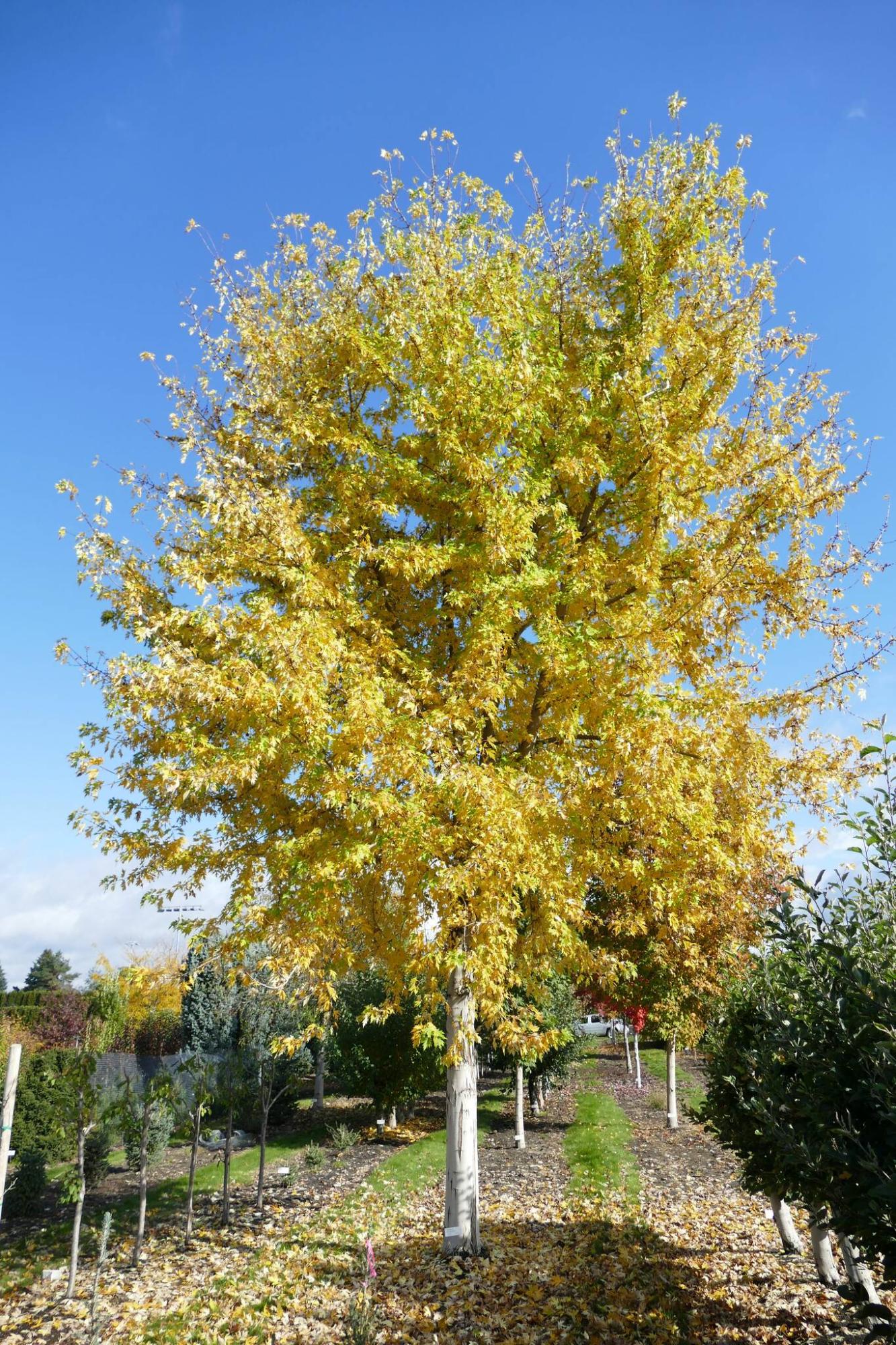
Rick Durand
Silver Maple thrives in urban environments and has golden fall colour.
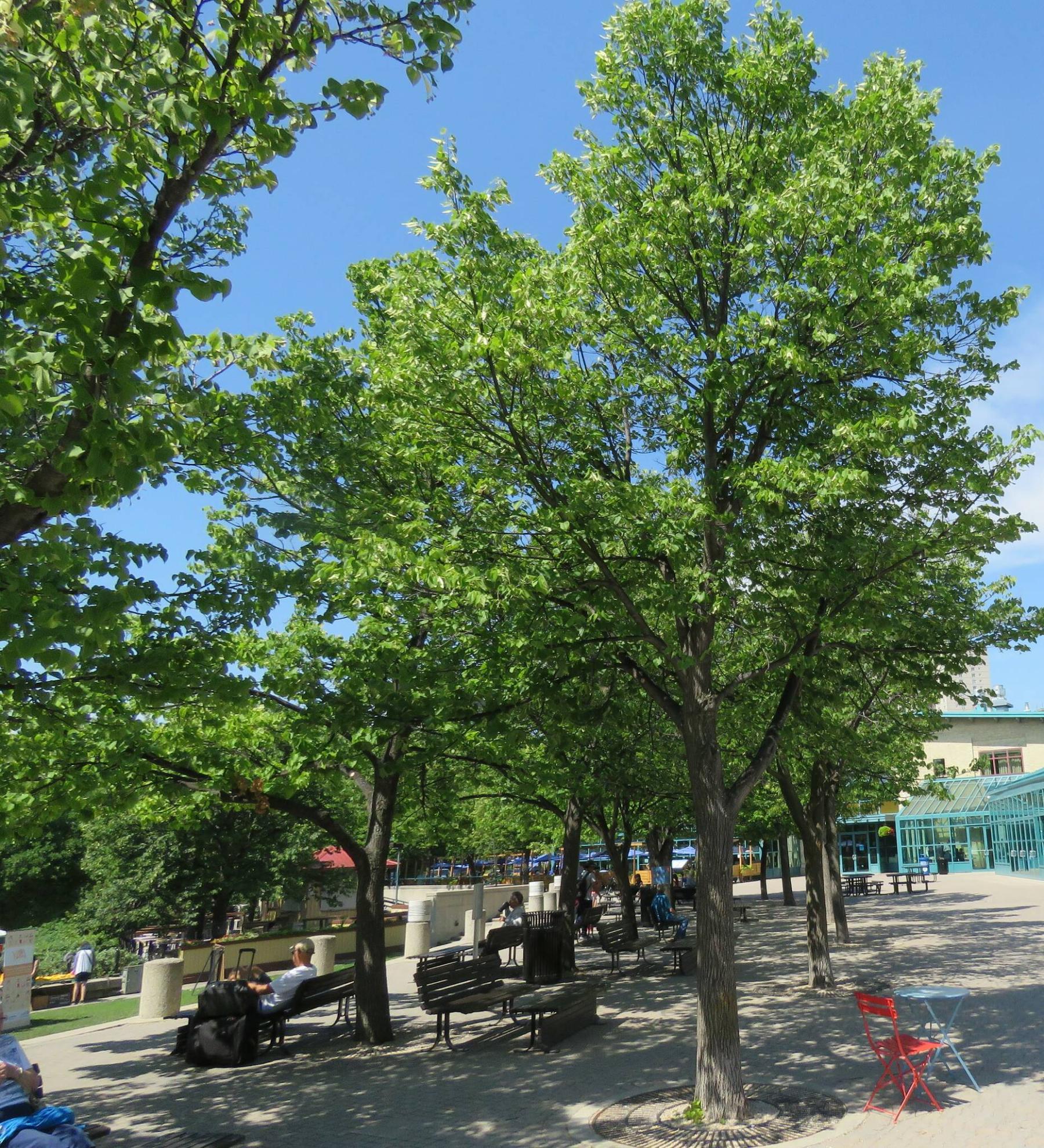
Rick Durand
American Linden, a native tree species, will provide cooling shade for school yards.
Dead or dying trees in Winnipeg’s neighbourhoods are a too familiar sight. “The loss of the city’s tree canopy has become a lot more personal in recent years,” says Christian Cassidy, executive director, Trees Winnipeg. Cassidy has seen a noticeable uptick in the desire by community residents to plant trees in their neighbourhoods. “The shock at seeing a 100-year-old tree with an orange dot of death or several trees on a street marked for removal impacts residents personally. People are losing trees in their yards or in front of their houses or at the school grounds where their kids play, and I think that has brought a lot more attention to the tree issue.”
Trees Winnipeg, a non-profit charity, had booths at farmer’s markets over the summer and heard from many homeowners who lost trees in their yard or on their street. “With a tree suddenly gone, the sun really beats down on a house in the summer and the homeowner has to run their air conditioning more often,” says Cassidy. But another concern for many residents, he says, is the need for trees at schools. “In a lot of older neighbourhoods, the school grounds are the neighbourhood park. That’s where the play equipment is, the sports field, and the place where parents congregate with their children when they go out for a walk.” In some cases, school grounds have no trees at all, says Cassidy, or have trees that are dying.
Trees Winnipeg has been actively partnering with Winnipeg School Division. This week alone, tree plantings took place at 14 inner city schools in Winnipeg. Another six schools are slated to have trees planted this fall. Winnipeg School Division looks after the digging and planting of the 10-gallon trees which require heavy equipment to install, says Cassidy, and Trees Winnipeg assists in doing much of the leg work involved in sourcing trees. “WSD sends us maps of possible schools, we meet with the principals, and (together) choose the locations and trees,” says Cassidy. Trees Winnipeg pays for the trees, as well as the mulch and tree stakes.
For now, three trees are being planted at each of the 20 schools. Trees Winnipeg plans to follow up with classroom visits to talk to students about the trees that have been planted. Signs identifying the individual tree species in both English and Indigenous languages will be attached to the protective mesh around each tree.
The tree species that have been selected include Hackberry, Skyfest Poplar, Silver Maple, and American Linden. Hackberry (Celtis occidentalis) is a large deciduous tree native to North America. A distinguishing characteristic is its greyish-brown bark with wide, corky ridges and its adaptability to both wet and dry environments. American Linden (Tilia americana) is also a native species. Commonly known as basswood, this stately tree produces creamy yellow flowers in early summer and golden yellow fall colour. Skyfest Poplar (Populus x deltoides jefcot) was bred by Jeffries Nurseries in Portage la Prairie. It is fast-growing and has excellent disease resistance. Silver Maple is a long-lived tree with attractive, deeply lobed silver leaves that turn yellow in fall.
Sourcing quantities of trees these days is challenging. “Everybody is planting trees,” says Cassidy. Trees Winnipeg hosts neighbourhood workshops and partners with local groups to host neighbourhood tree walks. These events have been great opportunities to build connections with local residents.” This year Trees Winnipeg received $20,000.00 from Assiniboine Credit Union to plant trees.
On October 14, the South Valour Residents’ Association (SVRA) will be hosting a community tree planting and Trees Winnipeg will be there to assist volunteers with planting 20 trees at Isaac Brock School, 1265 Barratt Avenue. SVRA will team up with Trees Winnipeg to offer a 30-minute tree planting workshop in the school yard starting at 10:00 a.m. Everyone is welcome.
Kyle Wiebe, co-chair of the South Valour Residents Association (SVRA), which was formed in 2020, says that collaborating with Trees Winnipeg has blossomed into a valuable partnership. A $10,000.00 grant was awarded to the SVRA by Trees Canada through its Treemendous Communities Grant. Trees Winnipeg partnered with SVRA to help facilitate the grant process.
In 2021, SVRA surveyed residents in late 2021 about their priorities for their neighbourhood. “Approximately 250 to 300 residents responded to the survey and said that trees were one of the top priorities,” says Wiebe. “It was powerful to learn that. Many residents feel that boulevard trees are important because they love the shade when they are walking down the street. That was a key theme.” Wiebe says that the relationship between greenspace and how it enhances neighbourhood safety has become another key theme. SVRA worked in collaboration with Dagan Perrot, an undergraduate student at the University of Winnipeg, and Julie Chamberlain, assistant professor in urban and inner-city studies at the U of W. Their report, Grassroots & Anti-Oppressive Approaches to Safety, outlines several aspects of safety including the impact of well-maintained green space on residents’ perception of safety within their neighbourhood.
Wiebe says that in the part of the West End where he lives, the school ground at Isaac Brock School is important because there aren’t other green spaces for families to use. “We are planting trees in the exact locations where kids play. We are digging everywhere we can along the tarmac where there are basketball courts and where it makes sense to dig. We are also planting along the fence and the play area, too.” Wiebe says that he wants to continue working with Trees Winnipeg to plant trees at other West End schools. But for now, he is focusing on caring for the trees that will be planted at Isaac Brock School so that they have a strong foundation and are well-established.
Watering is a critical component of caring for newly planted trees. Trees Winnipeg launched a new pilot project this year with ND Property Services, a social enterprise lawn care and property maintenance business that provides individuals with meaningful employment opportunities. “We bought a tank, pump and hose,” says Cassidy, who is hopeful that this will be a viable long-term solution for watering trees at schools.
But Cassidy also stresses the need for homeowners to plant trees on their private property. “Most of Winnipeg’s urban forest is on private property,” he says. “It’s all hands-on-deck when it comes to replenishing Winnipeg’s urban forest – not only the city but also homeowners.” Community residents’ associations play an essential role, says Cassidy. There are more synergies now than ever. Trees Winnipeg plans to make as many connections as possible with churches, schools, neighbourhood associations and parents councils.
Trees Winnipeg has partnered with the Winnipeg Architecture Foundation to offer tree walks with an arborist which are an opportunity to learn about the importance of the urban forest in a specific community and to learn how to identify tree species. Tree walks may be available this fall. Trees Winnipeg will also host a Fall Releaf Sale on Saturday, October 7, from 10 a.m. to 2 p.m. Registrants will have an opportunity to purchase small trees at an affordable price. More details will be available soon. Visit treeswinnipeg.org.
colleenizacharias@gmail.com

